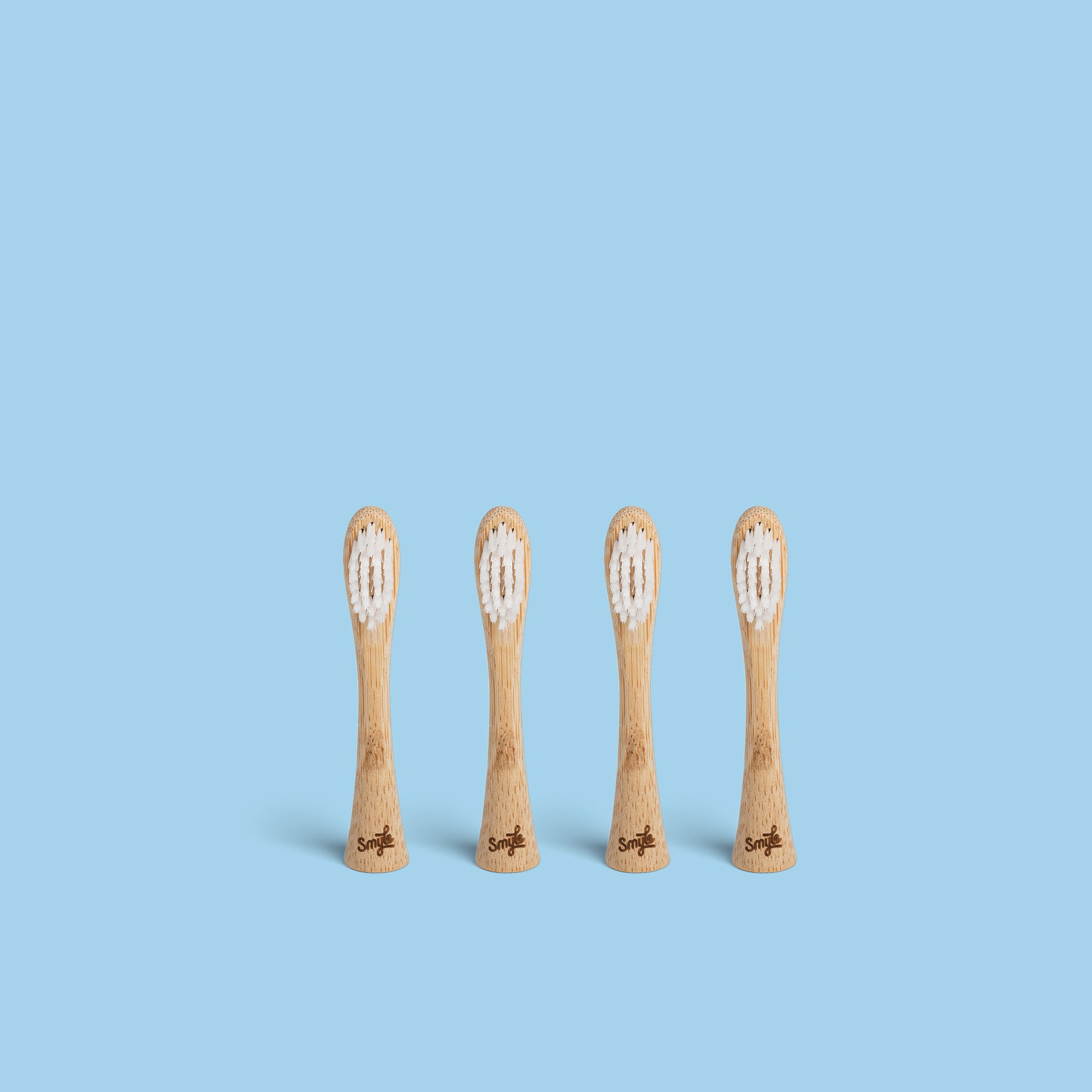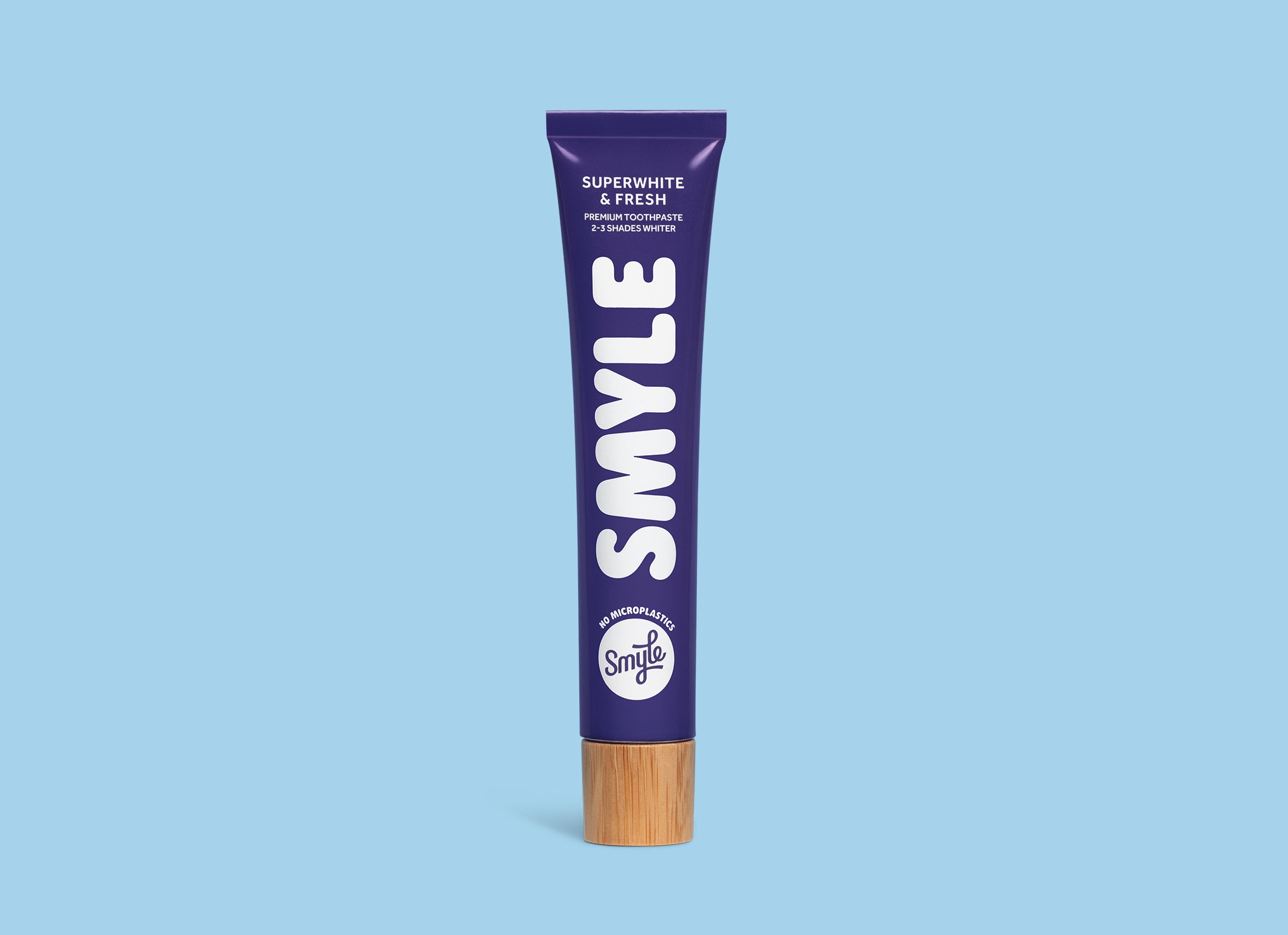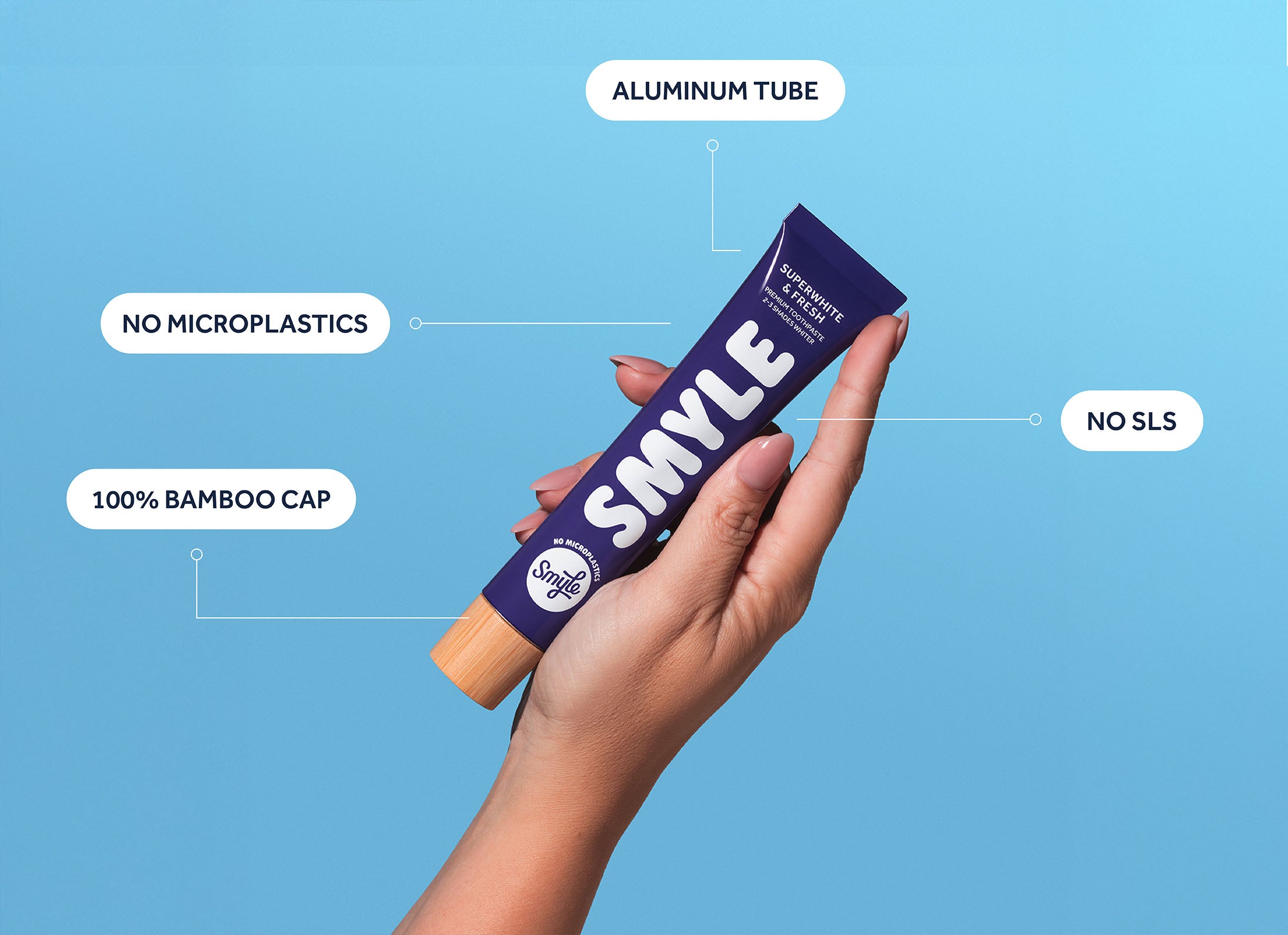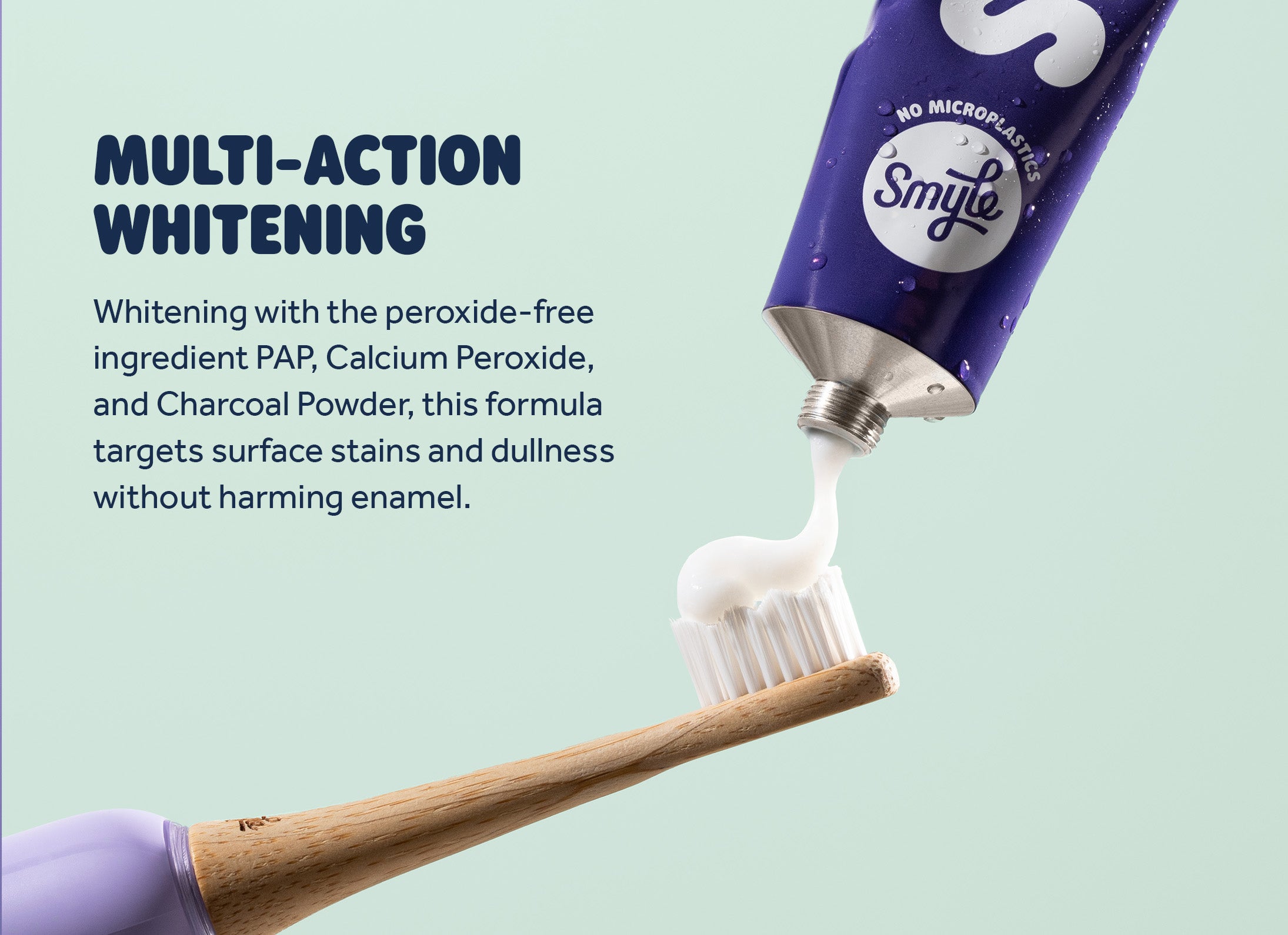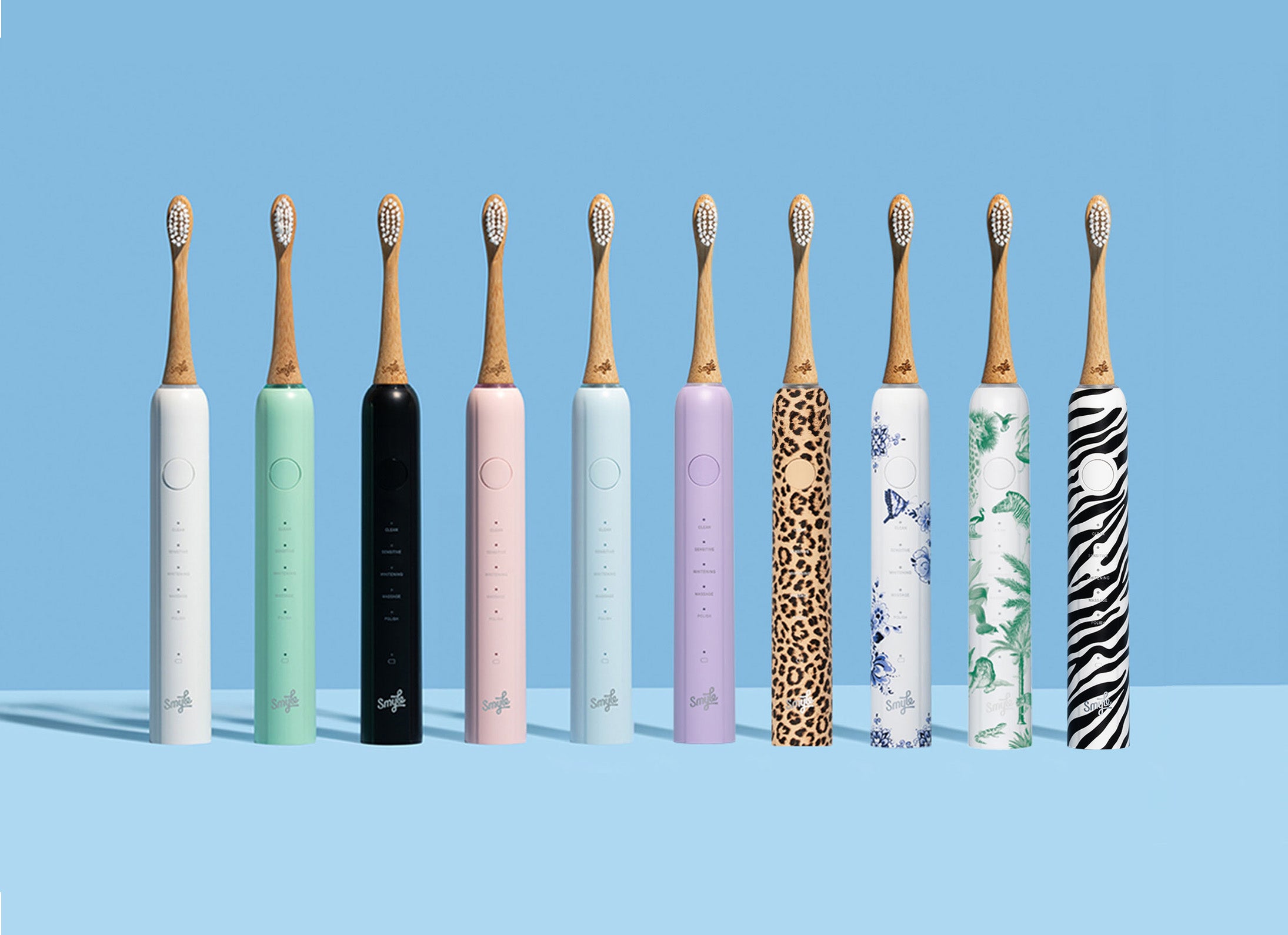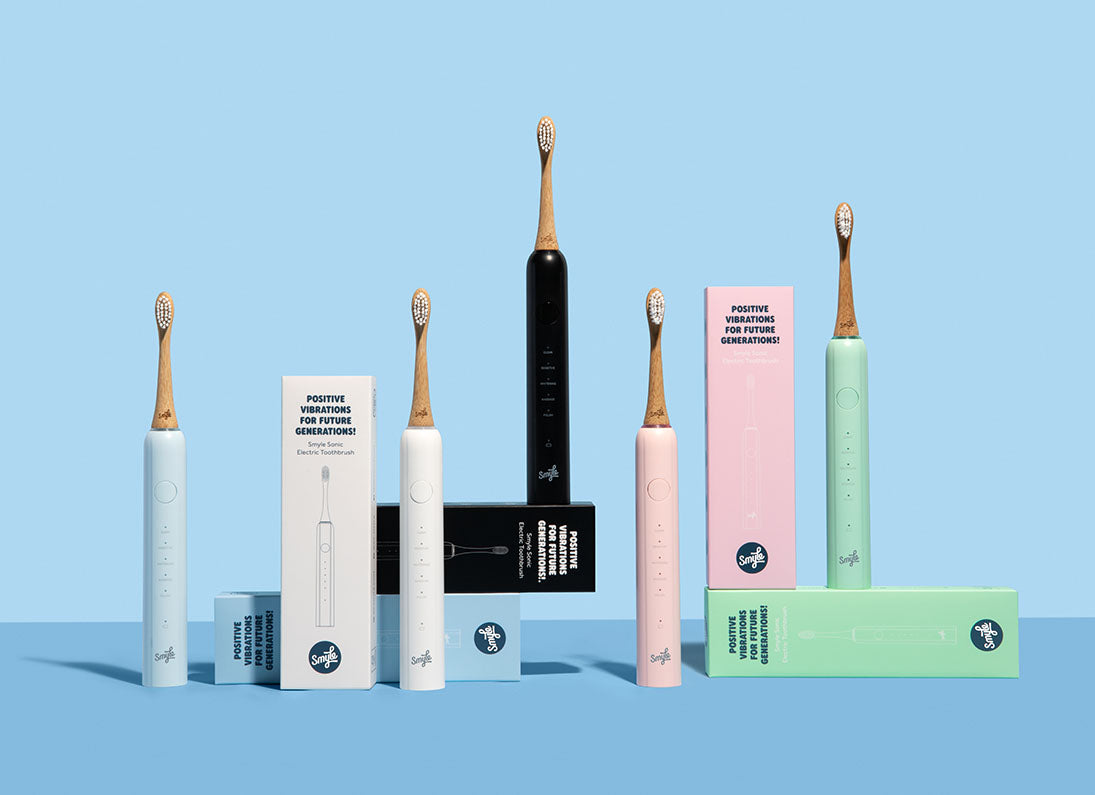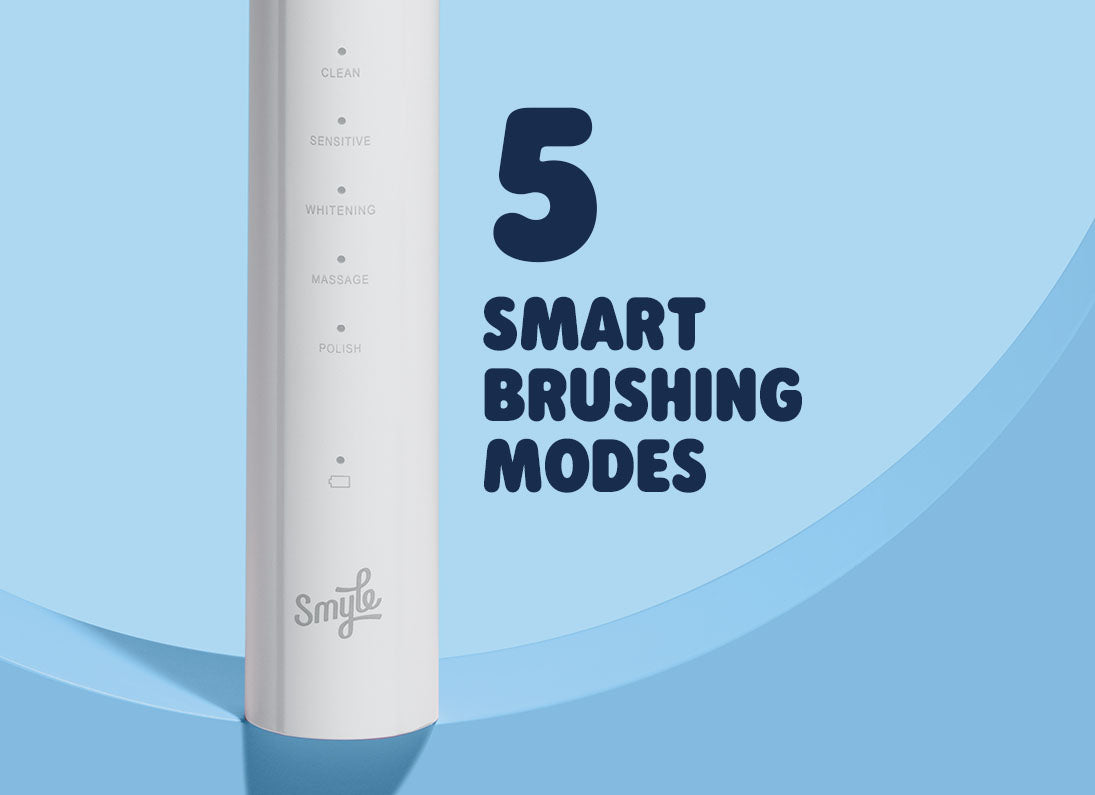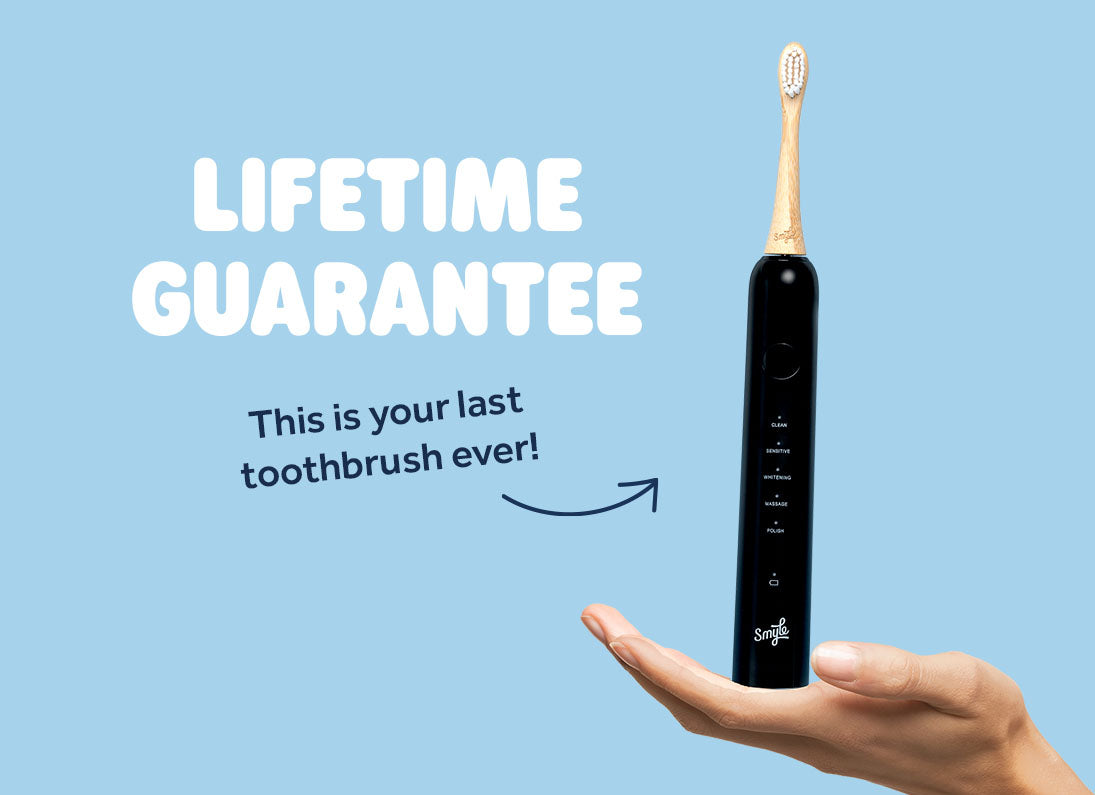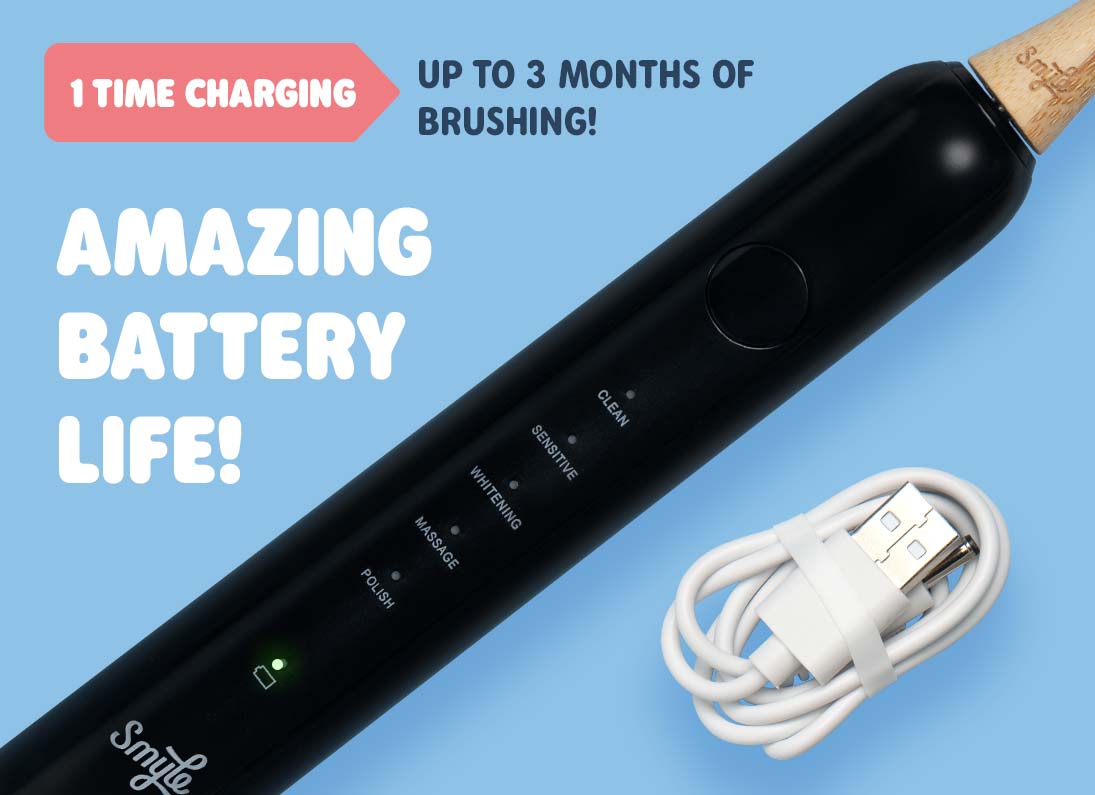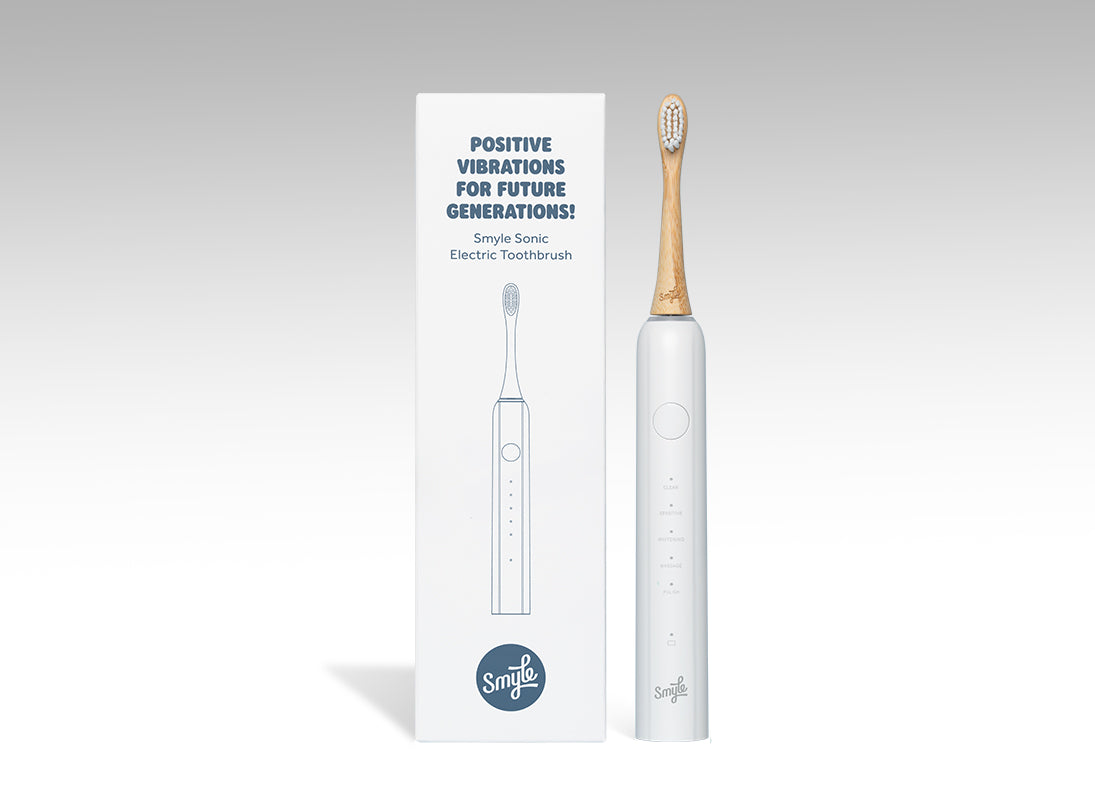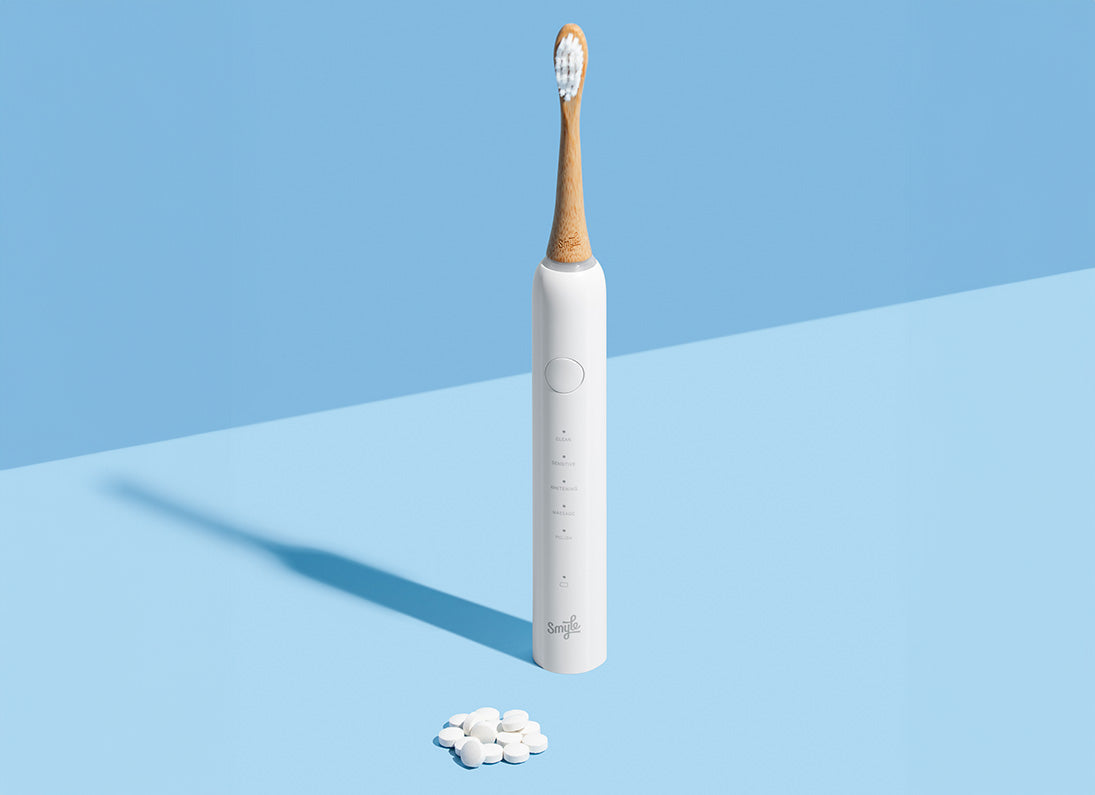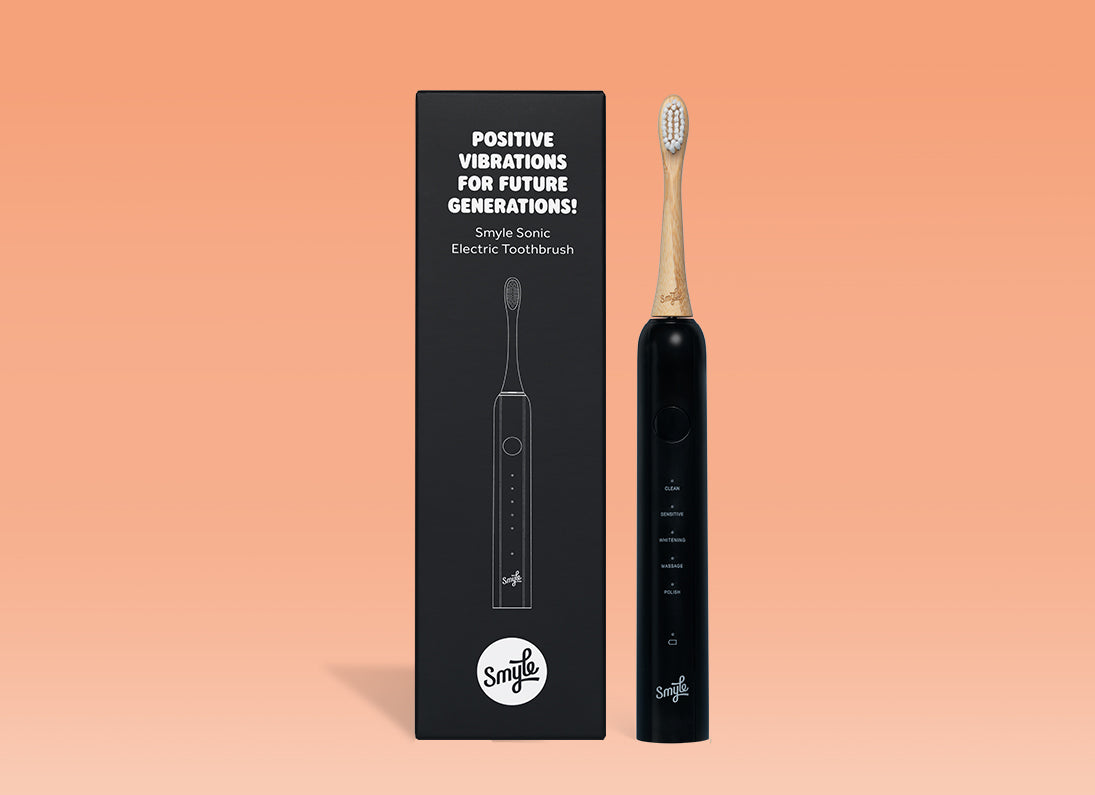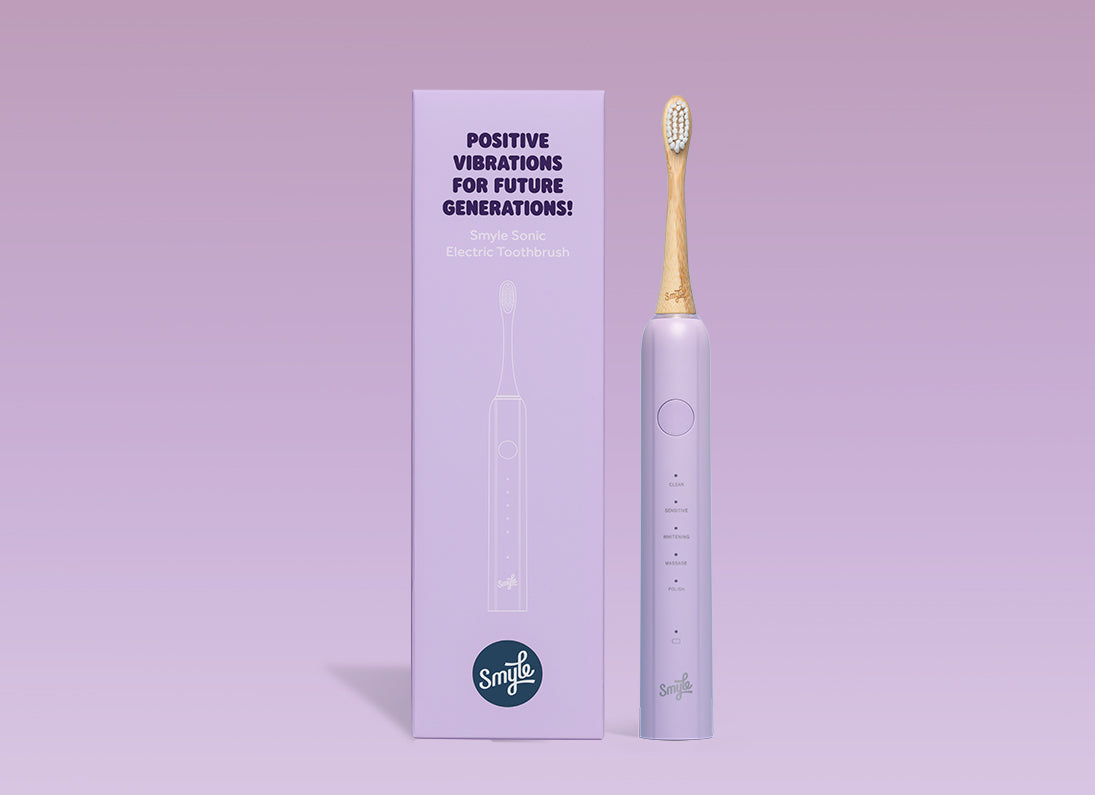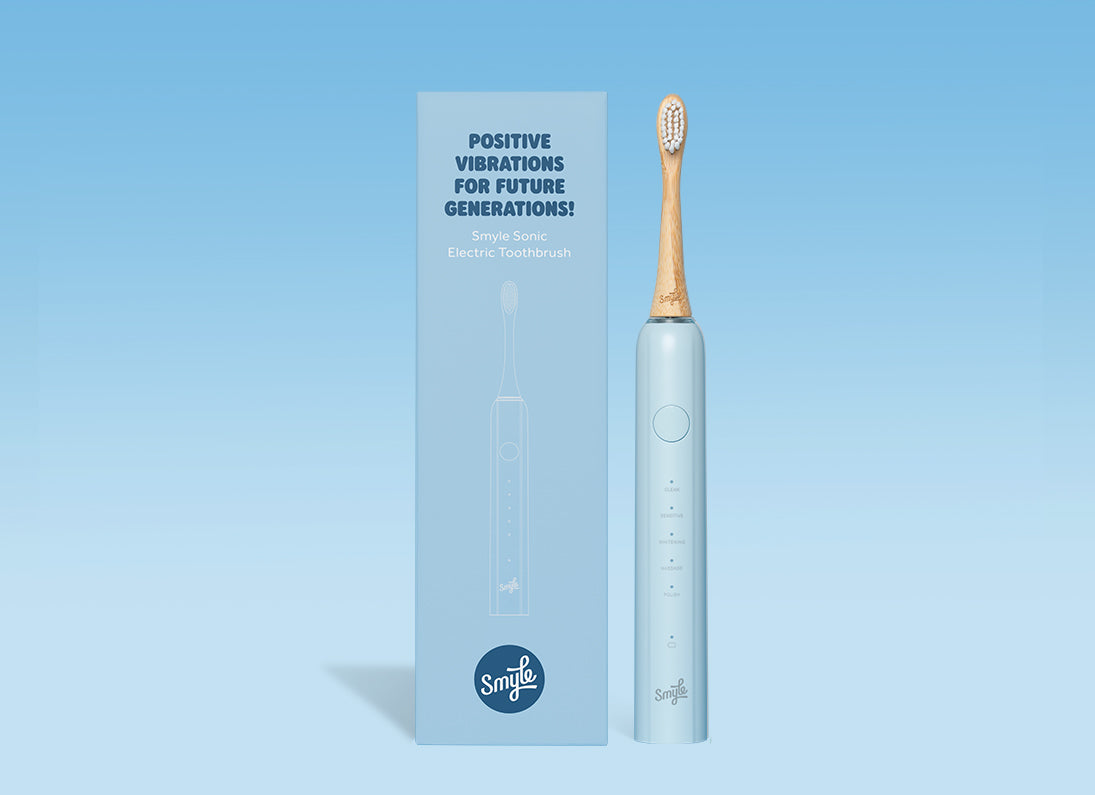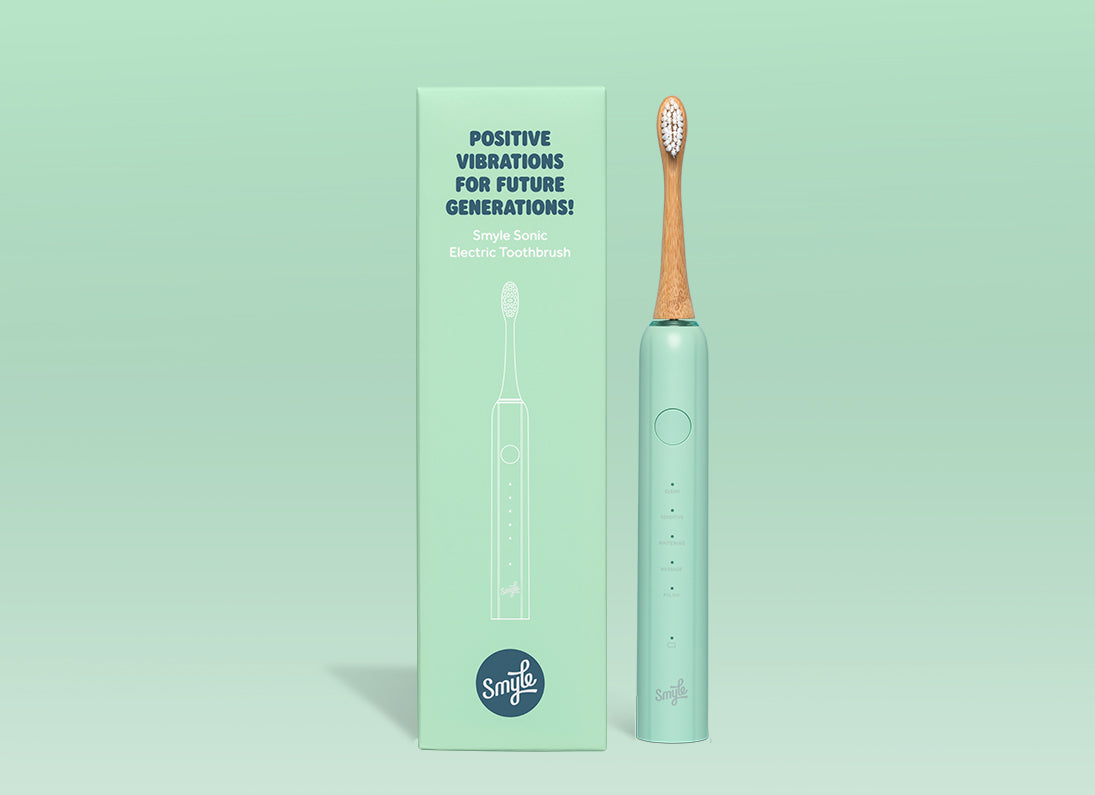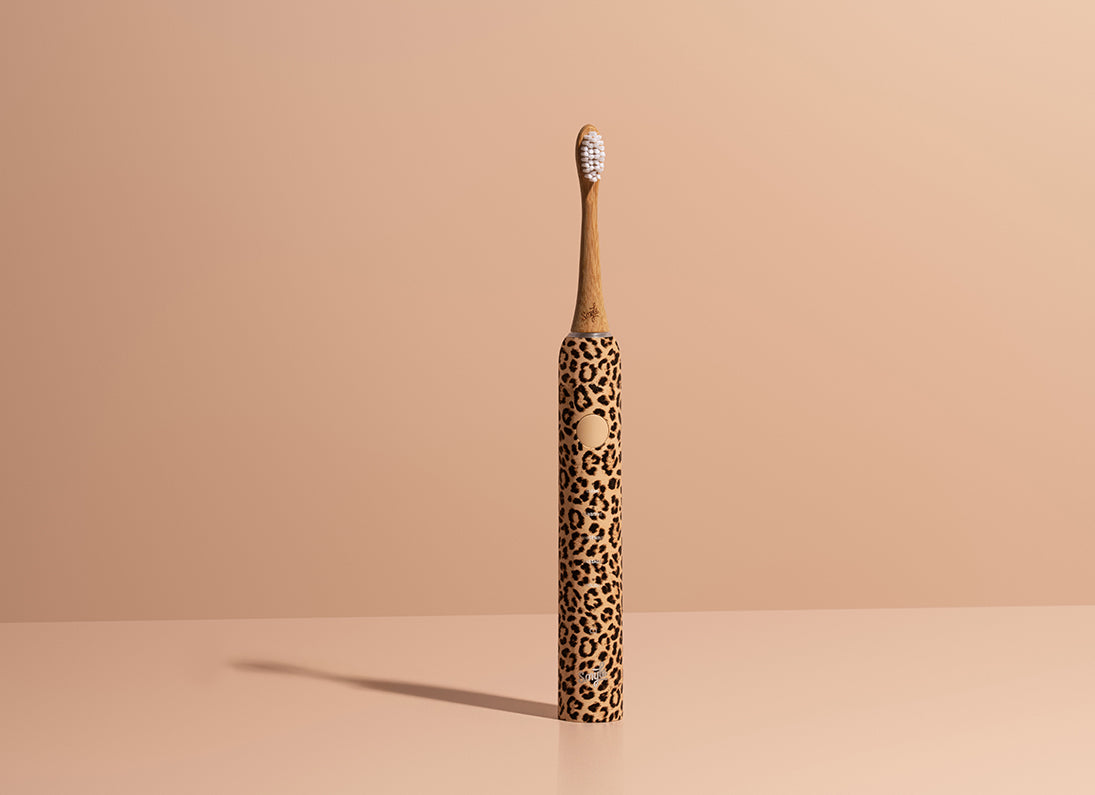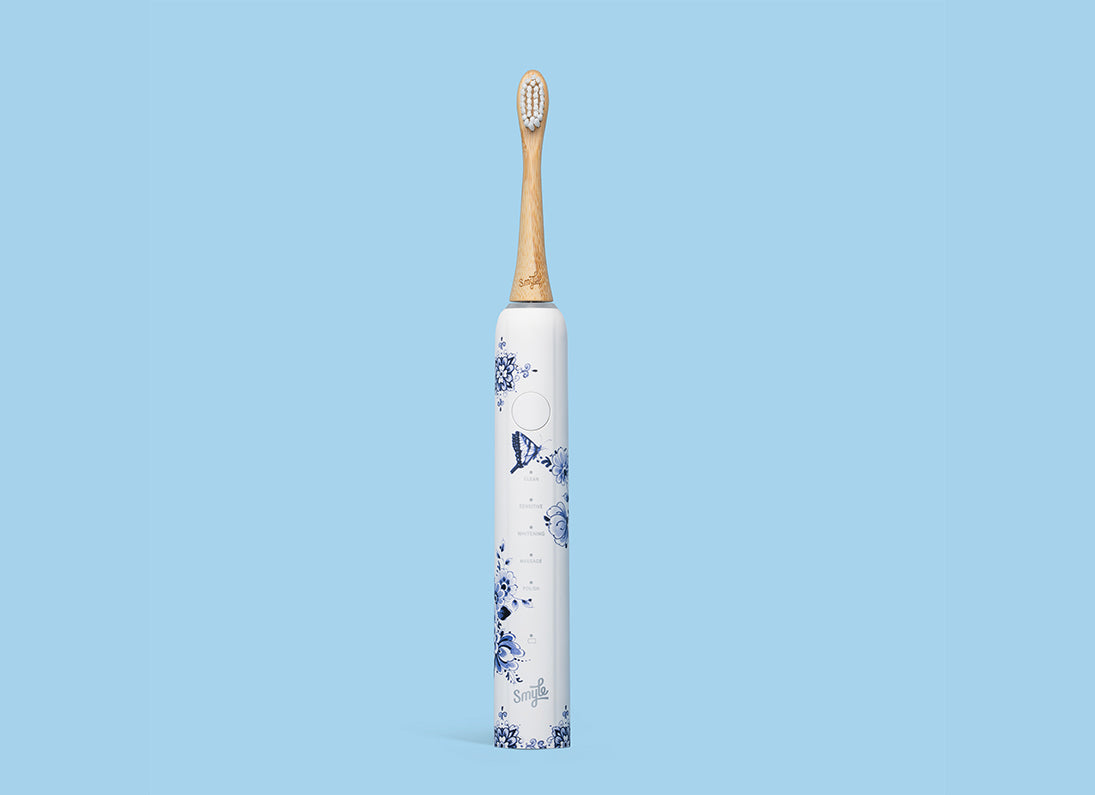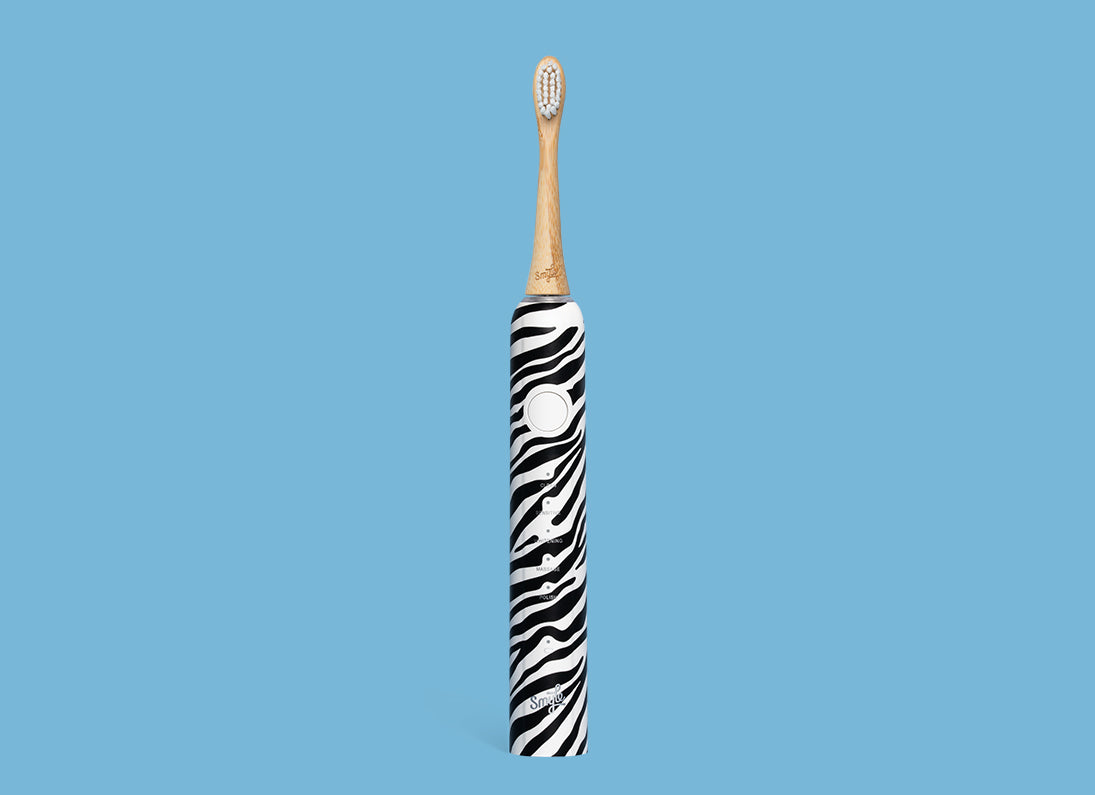
When we think about oral health, we often immediately focus on our teeth, tongue, and fresh breath. But sometimes, we forget one very important thing—our gums. Healthy gums play a crucial role in overall oral health and absolutely deserve the attention they need. But what exactly is healthy gums, and what do they look like? We’re here to share all our knowledge with you!
What are gums?
The gums, also known as gingiva, are a soft, pink layer of tissue that surrounds the teeth and is located within the oral cavity. They cover the jawbones and wrap around the necks of the teeth, creating a protective barrier between the teeth and the underlying bone. Gums act as a natural seal that helps prevent bacteria and other harmful substances from reaching the tooth roots and jawbone. In addition, the gums play a very important role in supporting the teeth, helping them stay firmly in place. In short, healthy gums are essential for maintaining good oral health and a radiant smile.
How to recognize healthy gums
- Healthy gums are generally pink in color, ranging from light pink to a darker shade
- The gum tissue is smooth and firm
- No swelling, inflammation, or bleeding when touched
- Healthy gums fit snugly around the teeth and fully cover the tooth necks
- They should not cause any pain or discomfort
- Additionally, healthy gums are resilient and do not bleed during brushing or flossing
What are the consequences of unhealthy gums?
Why is healthy gum tissue so important? Unhealthy gums can lead to serious gum diseases, such as gingivitis and periodontitis. Gingivitis is the early stage of gum disease and is characterized by inflamed and bleeding gums. If left untreated, gingivitis can develop into periodontitis, where the inflammation spreads to the underlying tissue and bone around the teeth. In addition to these specific conditions, unhealthy gums can have other negative effects. It can lead to tooth loss, as the inflammation damages the supportive tissue and bone around the teeth. There is also evidence suggesting that gum disease is linked to other health problems, such as cardiovascular disease, diabetes, and even complications during pregnancy. So it's incredibly important to take gum health seriously and to take preventive measures to avoid these consequences!
Tips for healthy gums
To maintain healthy gums, there are several important tips you can follow:
Floss and brush your teeth regularly
First and foremost, it’s important to brush and floss your teeth regularly. By brushing your teeth thoroughly twice a day with a fluoride toothpaste, you remove plaque and prevent the buildup of bacteria that can cause gum disease. Flossing is also an essential part of good oral hygiene. It cleans the spaces between your teeth and along the gumline—areas that toothbrushes often can’t reach.
Visit the dentist regularly
In addition to daily oral care, it’s crucial to visit your dentist regularly. Dentists are trained to detect and treat gum disease in its early stages. With regular check-ups, potential issues can be identified early and treated appropriately. That’s why it’s recommended to visit the dentist at least twice a year, even if you’re not experiencing any visible problems.
More tips for healthy gums
To further support your oral care routine, you can also use mouthwash and interdental cleaning tools, such as dental floss, interdental brushes, or water flossers. Mouthwash can help reduce bacteria and keep your breath fresh. Interdental cleaning tools are specially designed to thoroughly clean the spaces between your teeth and can be very effective at removing plaque from hard-to-reach areas. Consult your dentist to find out which products are most suitable for your oral health.
By following these tips and maintaining good oral hygiene, you can improve the health of your gums and help prevent gum disease. Remember: good oral health and healthy gums are not only important for your teeth, but also for your overall well-being!
Painful gums: what causes it?
Plaque
Painful gums can be caused by several factors that affect oral health. One of the main causes is the buildup of plaque and tartar around the teeth and gums. Plaque is made up of bacteria, food particles, and saliva, and can accumulate if the teeth are not cleaned thoroughly and regularly. If plaque is not removed quickly and effectively, it can harden into tartar—a sticky layer that clings to the teeth and irritates the gums.
Gingivitis
Gingivitis is another common cause of painful gums. It’s a mild form of gum disease that causes inflammation and swelling of the gums. This is usually the result of poor oral hygiene, which allows bacteria to multiply and cause irritation. If left untreated, gingivitis can progress into periodontitis.
Gum injury
Finally, painful gums can also be caused by trauma or injury to the gum tissue. This can happen from accidentally bumping your gums, using a toothbrush that’s too hard, improper flossing, or eating hard foods that can damage the gums. Such trauma can lead to inflammation, bleeding, and pain in the gum area.
Brushing your gums
Brushing your gums is an important part of a proper oral hygiene routine. While most people focus on brushing their teeth, the gums are often overlooked. However, brushing your gums is just as important because it helps remove plaque and bacteria that can accumulate along the gumline. Using a soft toothbrush and a fluoride toothpaste, gently brush your gums in small circular motions. It’s important not to brush too hard, as this can damage the gum tissue. By regularly brushing your gums, you help improve their health and prevent gum disease. And of course, don’t forget to brush the rest of your teeth and mouth thoroughly for optimal oral health.
Healthy gums for a radiant Smyle
By brushing, flossing, and visiting your dentist regularly, you’re investing in the future of your smile. Don’t forget—early detection and treatment of gum disease are essential for preventing serious complications. By paying attention to the health of your gums, you’re well on your way to a radiant smile and lifelong oral comfort. Take the time to care for your gums—it’s more than worth the investment!


